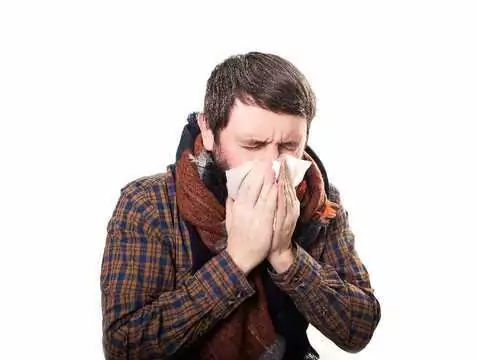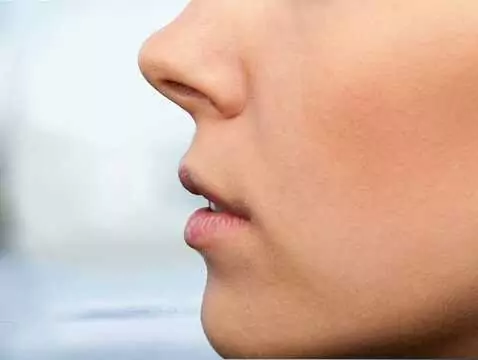Chronic sinusitis (CPP) is one of the most common ENT conditions. The increasing detection rate of this entity is due to the continuous improvement and dissemination of diagnostic methods, especially radiological imaging techniques. The primary treatment of sinusitis is pharmacotherapy. However, in some cases, medication does not work and surgery is required.
What are the functions of the paranasal sinuses?
The paranasal sinuses are air cavities located within the skull. Their functions are varied: they are a kind of cushioning elements that protect the delicate structures of the brain from injury and damage, they humidify and warm the air inhaled through the nose, and they reduce the weight of the face. The paranasal sinuses include the frontal sinuses, the maxillary sinuses, the wedge sinus (which may be even) and the sieve cells. If an inflammatory process begins to take place in the tissue lining the sinuses, a secretion is produced which causes a blockage of the sinus mouth. Air cannot escape and presses on the sinus walls. It is for this reason that we feel pain or distension in various areas of the face or head.
Chronic sinusitis (CPP) is one of the most common upper respiratory tract disorders
The increasing detection rate of this disease entity is due to the continuous improvement and dissemination of diagnostic methods, in particular radiological imaging techniques (computed tomography), endoscopic examination of the nasal cavity and bacteriological and mycological tests. Bacteria and viruses are the most common aetiological agents of Pneumonia, and in recent years the increasing role of fungi in the process has also been noted. The primary and one of the first treatments for chronic sinusitis is pharmacotherapy. Treatment includes corticosteroids (mainly administered intranasally, in some cases systemically), antibiotics and non-steroidal anti-inflammatory drugs (e.g. ibuprofen). Sea salt solutions and saline lavage are also used in treatment.
According to the guideline, clinically, rhinosinusitis is defined as a condition in which two or more symptoms are present, one of which must be:
- nasal blockage (impairment of nasal patency) and/or,
- nasal discharge (commonly referred to as catarrh),
and
- facial pain, facial distension,
- reduction/loss of smell (in children: cough).
As well as in endoscopic examination:
- polyps and/or,
- mucopurulent discharge (originally in the middle nasal passage),
- mucosal swelling (originally in the middle nasal passage),
- cT scan changes,
- mucosal changes in the oro-conjunctival complex (OMC) and/or sinuses.









